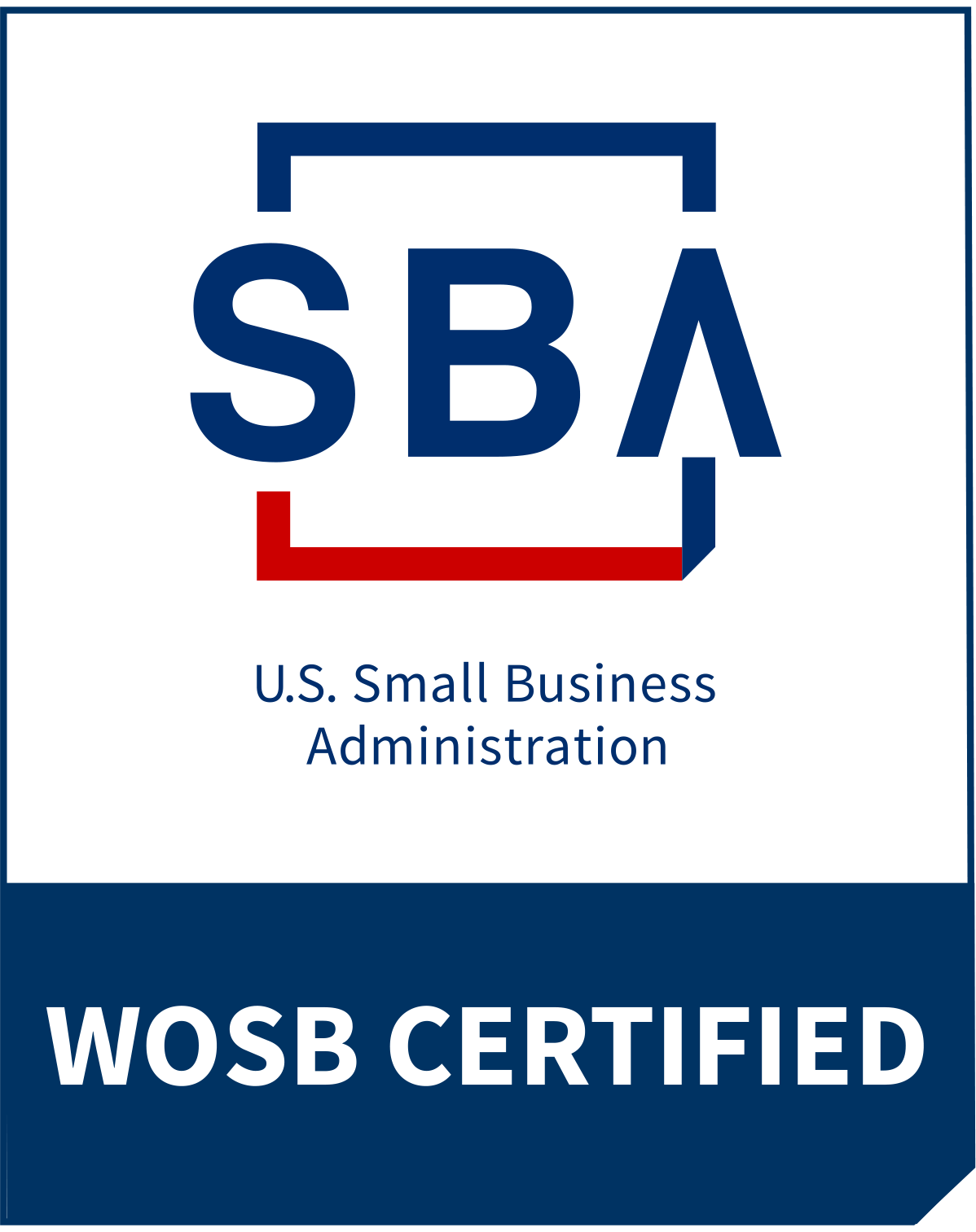Balancing the Needs of Stakeholders
Getting work done in today’s government environment requires active participation and support from a broad range of stakeholders. But how do you engage the right people, at the right time, in the right way? CG Strategy brings the tools and expertise to help you answer these questions.
As leaders of public programs, today’s federal government executives are constantly balancing the conflicting views of multiple stakeholders. They are seeking tools and processes to understand, analyze, and address policy trade-offs and make difficult decisions. In order to take informed action, they need methods for communicating with stakeholders, especially when the stakeholders don’t agree with the government’s path forward. The expectations of Americans for increasing public participation in government decision-making and improvements in digital technology make stakeholder engagement critical to the success of public sector organizations and leaders.
At CG Strategy, we work with leaders to develop customized tools and processes that effectively solicit, analyze, and incorporate stakeholder input. We partner with our clients to navigate the stakeholder input process and build strong, lasting relationships.
With CG Strategy
- Program leaders understand the full landscape of key stakeholders and their needs.
- Stakeholders are actively involved in shaping programmatic changes.
- Stakeholders support program changes and facilitate their implementation.
- Program changes are viewed as successful and have long-lasting impacts.
Without CG Strategy
- Program leaders may consider the typical stakeholders but miss critical perspectives.
- Program changes don’t incorporate the experiences of key stakeholders and the general public, and don’t meet stakeholder needs.
- Stakeholders may fight the implementation of program changes leading to delays or a need to abandon the changes.
- Changes don’t get implemented or need to be revisited over and over again.
Success Story
A federal agency initiated a comprehensive effort to address the concerns of the wide array of stakeholders involved in the ongoing debate about the National Flood Insurance Program (NFIP) in advance of the program’s reauthorization. This program is intended to reduce the impact of flooding on private and public structures by providing affordable insurance to property owners and encouraging communities to comply with floodplain management regulations. NFIP leadership engaged CG Strategy to help effectively incorporate stakeholder input into the development of a new path forward for the NFIP.
We began this project by designing and facilitating a Stakeholder Listening Session, where we could hear the key issues facing the program, identify a foundational understanding among the various groups, and document the wide range of opinions about how to implement the NFIP. The session included stakeholders from federal, state, local, and tribal governments, as well as associations, non-profits, and the private sector. We structured the session to give all parties the opportunity to have their voices heard and their thoughts officially documented.
As the project progressed, we ensured stakeholders were engaged at every stage. Policy alternatives were developed based on the feedback of stakeholders at the initial listening session. Then these alternatives were refined through a series of public meetings and internal staff events. CG Strategy also conducted qualitative and quantitative analysis to assess the policy alternatives. The qualitative analysis included academic panels with representatives from 14 universities and think tanks.
As a result of the significant stakeholder engagement, our client was well positioned to influence the NFIP reauthorizing legislation. Our client was able to provide well-informed, data-driven technical assistance on the reauthorizing language. Several stakeholders who had been previously skeptical of the NFIP’s future showed public support for the recommendations.



